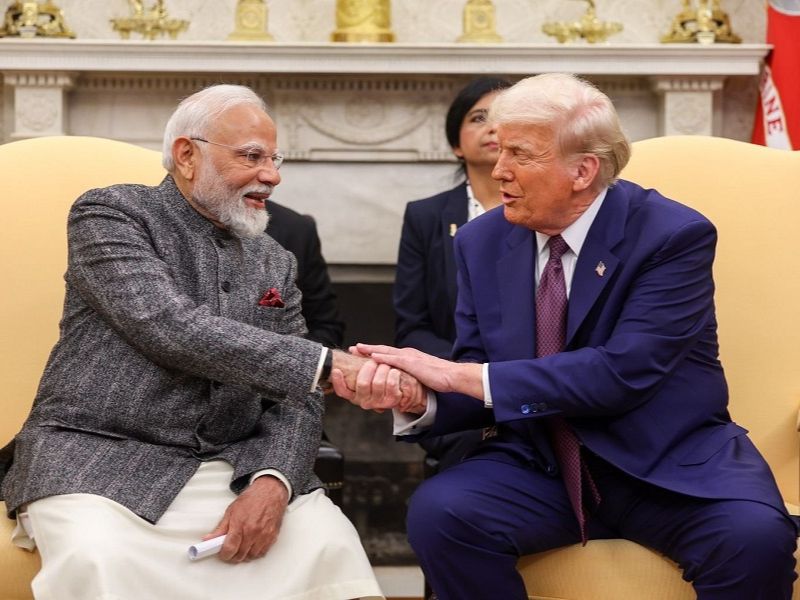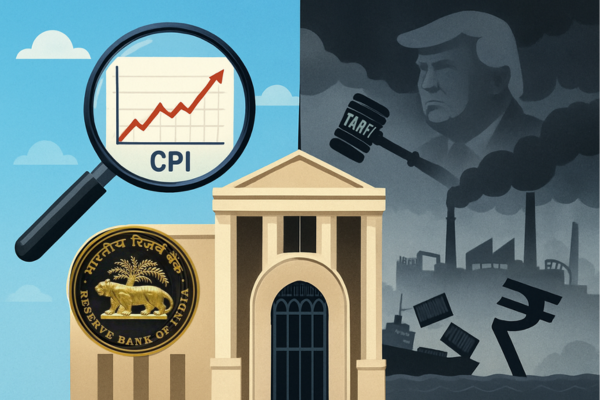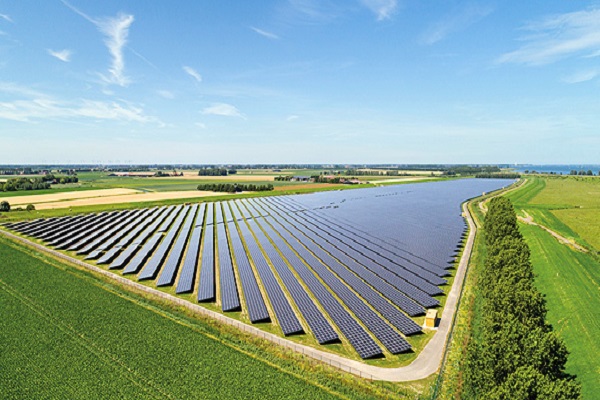.png)

Manoj Rane, who headed treasury at various foreign and domestic banks, was vice chair of FIMMDA and FEDAI. He is now an independent director advising finance firms.
September 23, 2025 at 11:00 AM IST
India’s dream of global opportunity is once again being tested by President Donald Trump’s latest diktat on H-1B visas. The executive order sharply raises the cost of these permits, striking at the heart of a system that, for decades, has been the gateway to the American dream for many Indians.
At first glance, the impact on India appears limited. H-1B approvals for Indians have already declined to around 46,000 this year, from 74,000 a year earlier. The programme serves only a narrow pool of highly skilled, highly paid workers and does not affect the larger ambition of creating millions of jobs at home under the “Viksit Bharat” vision.
Yet the emotional weight of the decision far outweighs its numbers. For a generation of Indian professionals, the H-1B has symbolised the promise of America as the land of opportunity, and its curtailment has struck a deeper chord.
The economic consequences are more nuanced. Indian technology firms, long reliant on H-1B hires for on-site execution of projects, will feel the pinch. But with digital delivery models now requiring less physical presence, many companies will shift execution back to India, where costs are lower. This may even improve margins over time, turning adversity into efficiency.
For the United States, the damage could be greater. H-1B hires are estimated to be about 25% cheaper than local workers, and they often come with advanced degrees from top American universities. Only about 2.2 million Americans in the 25–30 age bracket hold a master’s degree, leaving a thin pool of domestic talent.
It is little surprise that US job growth has slowed, just 22,000 last month, partly because firms hesitate to create roles they cannot easily fill. Outsourcing, already rising, is bound to accelerate. The idea that restricting visas will create local jobs is khayali pulao, wishful thinking that ignores the global nature of technology and labour markets.
The irony is impossible to miss. The five largest recipients of H-1B visas in recent years include Amazon, Google and Microsoft, alongside Infosys and TCS. In other words, Trump’s order hits American firms as much as Indian ones. Early signs suggest that the steep $100,000 fee may apply mainly to foreign companies, sparing US giants who have pledged billions in fresh investments. Such carve-outs may please Silicon Valley’s elite at White House dinners, but they expose the arbitrariness of policy crafted more for political theatre than for economic sense.
The larger concern lies in the political signalling. India has been eager to showcase the warmth of the “Trump–Modi friendship,” yet this episode demonstrates how transactional Washington’s calculus can be. Today it is visas; tomorrow it could be tariffs or technology transfers. To rely too heavily on personal chemistry between leaders is to risk being blindsided by policy shocks.
Ultimately, this latest move resembles the proverbial act of cutting one’s nose to spite one’s face. It neither advances American competitiveness nor derails India’s economic aspirations. What it does reveal is the fragility of India’s engagement with the United States, and the need for a more diversified strategy—less dependent on the whims of the White House and more rooted in building resilient partnerships across geographies.
In the end, the message from Washington is clear: no more taarif for Trump. For India, the takeaway should be equally clear—global ambition cannot rest on the shifting sands of American politics.




